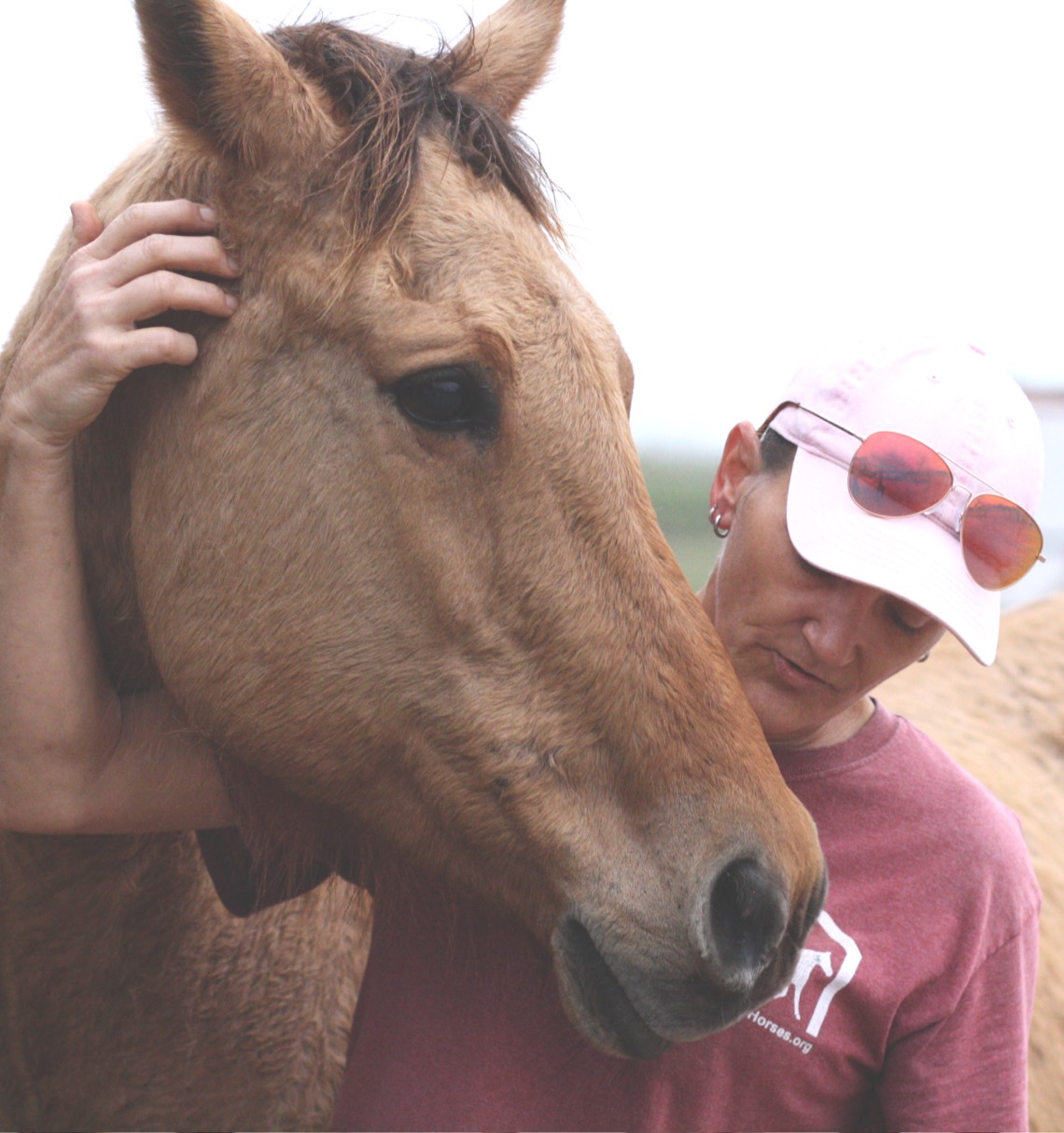Wild Horses: Pryor Mountain herd a national treasure
The author of this piece, Laura Bailey, did a wonderful job of researching the facts of this herd of horses. Ginger Kathrens has been the mainstay of Cloud and his family. Had she not stepped forward as their guardian, the BLM would have taken pleasure is eradicating every one of them. As it is, the current population does NOT make a viable herd, and the BLM wants the size reduced to 120 – on 39,000 acres. In all their wisdom, I really wish someone would explain to us how 325 acres per horse is being “overcrowded.” Be sure to click on the link to read the full article at The Great Falls Tribune – Jerry
LAURA BAILEY, DECEMBER 14, 2013
FOR THE TRIBUNE
On a rugged patch of red-painted desert along the Montana-Wyoming border lives a band of wild horses that have been a part of the open range there since the state was an unsettled territory. With Spanish bloodlines that many believe trace back to the conquistadors, the sturdy mustangs have stayed on the land with the help of a loyal following of preservationists who work with Bureau of Land Management (BLM) officials to ensure the small horse herd remains healthy and genetically viable.
This spring, 15 foals were born on the range, bringing the herd’s numbers up to about 160. The horses occupy about 39,000 acres in the Pryor Mountains, running the cliffs and bluffs above the Bighorn Canyon. Most of their range is BLM and U.S. National Park Service Property. It is part of the Bighorn Canyon National Recreation Area, and U.S. Forest Service property and some historic private land holdings are also part of the range. It was set aside for the horses in 1968, just prior to the establishment of the Wild Horse and Burrow Act in 1971, which protects wild horses and burrows on public lands.
The wild horses of the Pryor Mountains are Montana’s only wild horse herd, and they are remarkably accessible. Almost any time of year, they can be seen browsing the hills around the Bighorn Canyon Recreation Area, which is a popular destination for hikers and boaters.
It’s believed by many that the horses were stolen by or traded to the Crow Indians, and the horses escaped into the Pryor Mountains, which were Crow Indian territory and are now part of the Crow Reservation. Because of the isolation of the area, the Spanish bloodlines were preserved in the wild herd.
Those old bloodlines are evident in the distinctive markings and colors of many of the Pryor Mountain wild horses. The line-backed dun coloration is most common in the herd, and frequently includes primitive stripes or bars on the legs or withers and a dark stripe down the horses’ backs. Another common color that’s unique to the Spanish bloodline is the grullo — a dark slate-gray color. They also have a line down their backs and usually have dark legs and heads. Although dun and grullo horses are common in the herd, there are still a wide range of colors from jet black to pale palomino. There are no paint or pinto markings, but many of the horses have stars or blazes on their faces and occasional white stockings.
Read the rest of the article HERE

